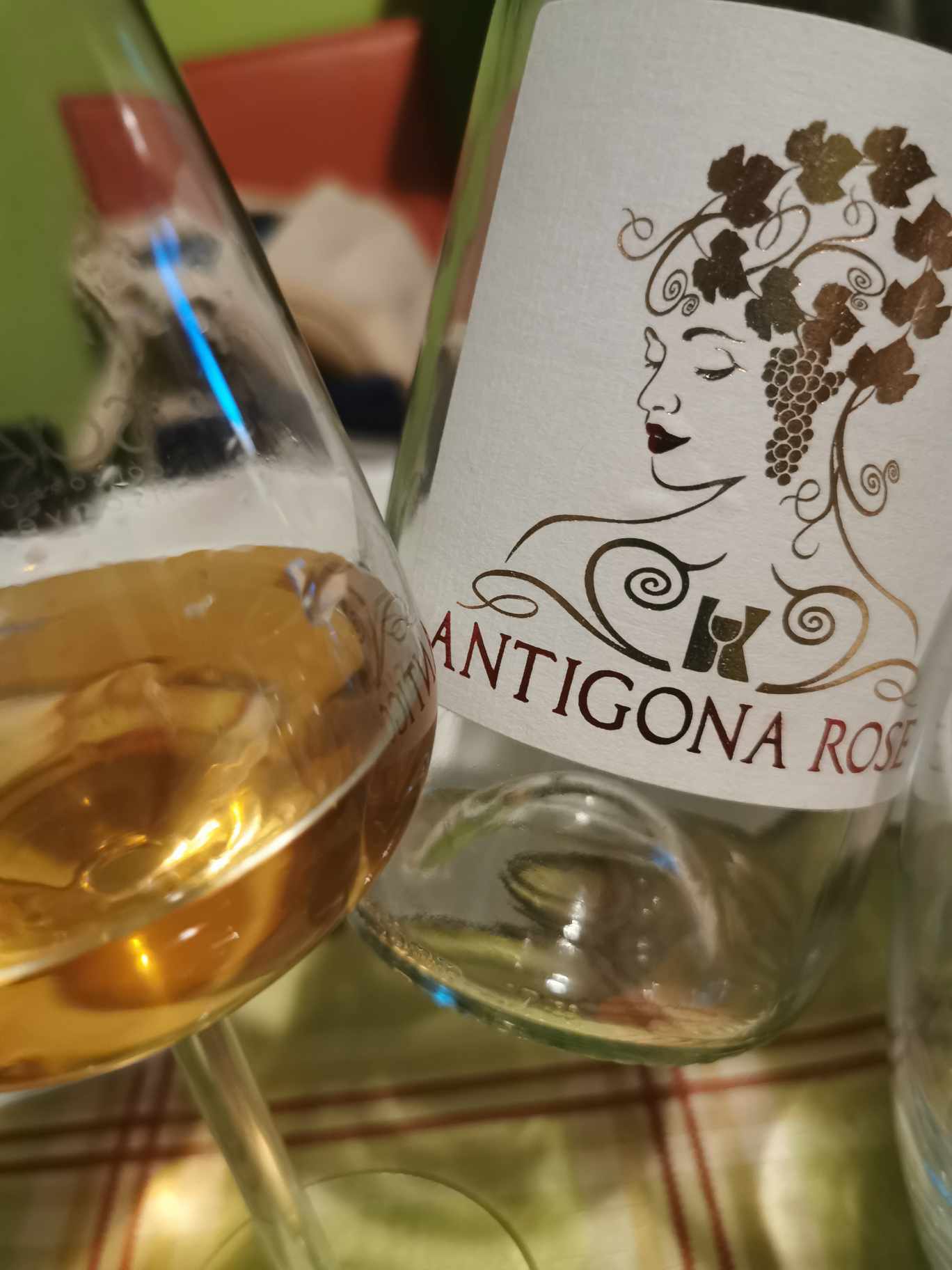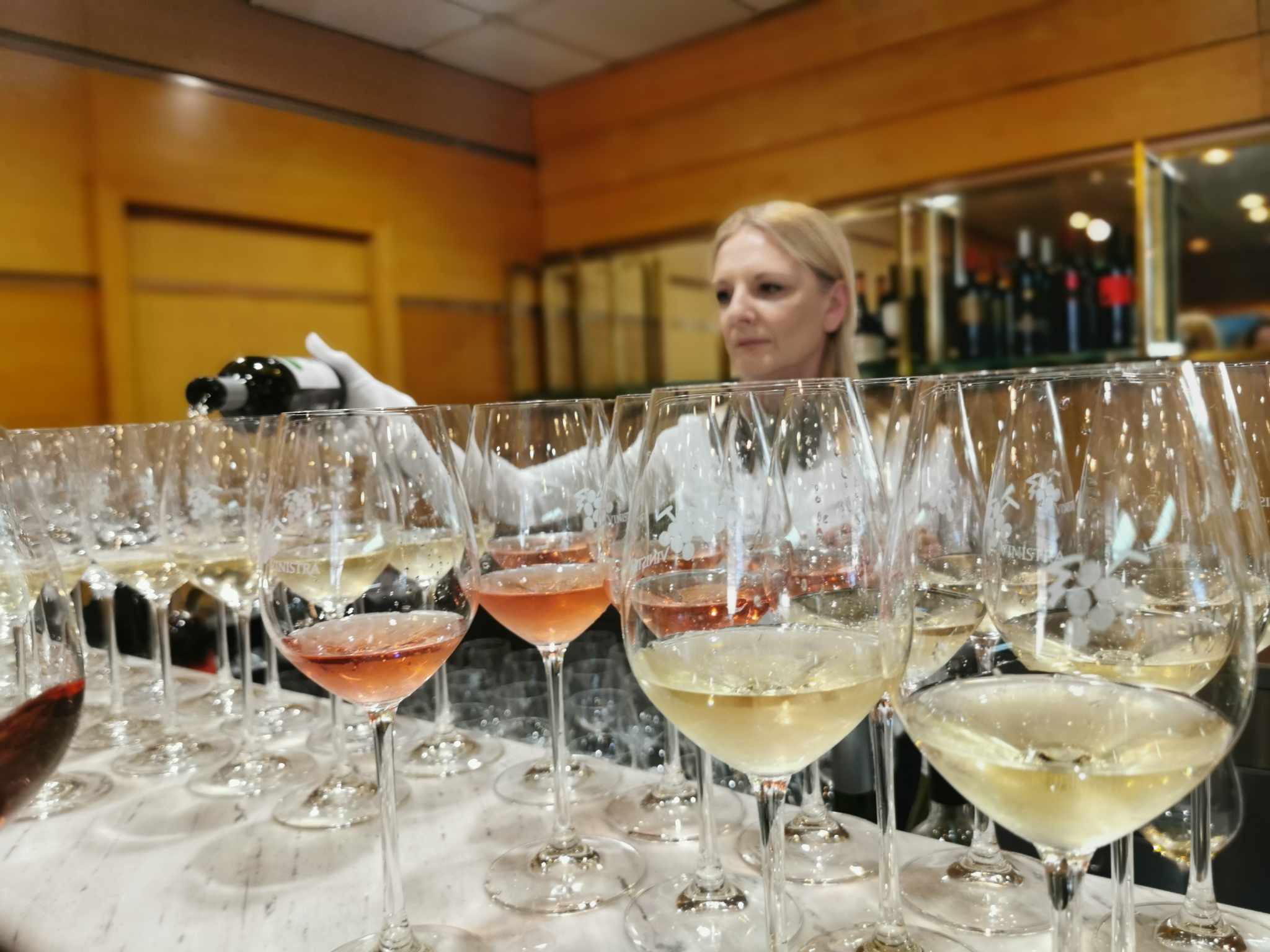News
News / 08/04/2020 / 2012
The first signs of good weather inspired me to go to central Serbia, to green-clad Šumadija region, which, depending on the season, can resemble green landscapes of Ireland, the wilderness of New Zealand, the Mediterranean landscapes or the hilly provinces of France. This is exactly what fascinates me about Šumadija, landscape in the heart of Serbia that is constantly changing and yet always remains its own.
We set off in the morning from Belgrade on the new Miloš the Great highway. We slowly parted from the Sava and Kolubara rivers and continued driving through the plain. Just as we saw the outlines of Šumadija hills and mountains on the horizon, we exited the highway in the vicinity of Ljig. In the village of Dići (6 km away from Ljig) there is the Church of St. John the Baptist and next to it a medieval cemetery from the 13th-14th century. The scene before us, a striking play of emerald greenery and stone with patterns resembling ancient Celtic runes, is reminiscent of the landscapes of Ireland or England. But we are not there after all. We have entered Šumadija region, the heart of Serbia, with the intention of discovering a part of its beauties and history. The church was built in the 14th century by the local ruler Vlgdrag and he was buried in it with other members of his family. An inscription found on his grave also speaks of him.




A cemetery was formed around the church, which consists of more than 200 horizontal tombstones. They are usually without any inscriptions and ornaments, but some have very unusual ornamental motifs. It is believed that the tombs date from the period 13th-15th century, although there are a few tombstones in the same place that were created in the period up to the 17th century. Connoisseurs of Slavic mythology will easily recognize a simplified depiction of Dažbog, the supreme Slavic deity, lord of the sun and the underworld, on tombstones, which is recognizable by the circular representation of the sun around the head and specific ritual symbols on the chest. Šumadija region has already shown us its mysterious face, and we have just stepped into it.





We cross mountain passes and reach the town of Gornji Milanovac. From there, we choose the local road heading to Kragujevac, which leads us past Vraćevšnica monastery on the southern slopes of Mt. Rudnik. As the winding road takes us towards the monastery hidden between green hills, I cannot help thinking it was an ideal hiding place from the Ottoman Turks where the monks could find their peace and refuge.


At the entrance to the church, on the right side, there is a fresco on which the founder of the monastery, the local nobleman Radič Postupović gives St. George a model of the monastery so that he can hand it over to Jesus Christ. According to the legend, Radič and his soldiers were late for the battle of Kosovo, so upon returning to Mt. Rudnik, he promised to build Vraćevšnica (the name is derived from verb 'vratiti' = to return) in order to get forgiveness for returning from the battle while other Serbian warriors had lost their lives in Kosovo.
Vraćevšnica Monastery was extremely important during the First and Second Serbian Uprising. In September 1810, Karadjordje, Dositej Obradović and Milan Obrenović, the Duke of Mt. Rudnik, held a meeting there to plan further activities.
On Palm Sunday in 1815, on the eve of the people's assembly in the village of Takovo, the decision to start an uprising was made in Vraćevšnica. Miloš Obrenović and the insurgents received communion there and went to Takovo to the people's assembly.
In 1818, the decision was made to make Kragujevac the capital of Serbia. The monastery was extremely important to Prince Miloš and he always called it his monastery. That is why the graves of his early deceased children and mother Višnja are located in the monastery yard. A small museum within the building which houses sleeping quarters also testifies to the monastery's connection to the royal Obrenović family. Pieces of royal furniture are also on display.



We continue our journey towards the Lake of Gruža through picturesque countryside. Our target is Borački Krš, a unique natural landmark that testifies to the volcanic past of Šumadija region. At that spot, one can see jagged remains of petrified lava that gushed from the bowels of the earth in the Tertiary period. When you reach the top (515 meters above sea level), Šumadija will reward you with unforgettable scenery.




At the foot of Borački Krš is the Church of Holy Archangels. There is an inscription on the wall stating that the church was fresco-painted in 1553, but the exact year of construction of the church is not known. The iconostasis in the church dates from the 19th century.




We pass the town of Knić and the road takes us further towards Kragujevac. But before we enter the city itself, we turn towards Grošnica, a picturesque village on the slopes of Gledić Mountains. The village is dominated by a church dedicated to St. Peter and Paul built in 1857. It was built in the Baroque style with elements of classicism, which demonstrated the European spirit of liberated Serbia and the break-up with the Turkish Ottoman past.

In Grošnica we are determined to taste local wines. The city of Kragujevac used to be surrounded by vineyards in the past. Nowadays, the fame of local vineyards is continued by wineries from Kragujevac. Art Wine winery from Grošnica is an example of a family winery and an artistic approach to wine production.
Saša Novaković, the owner of Art Wine winery, started winemaking on his grandfather's estate in Grošnica. Saša and his wine style could best be described as "a man from Šumadija who yearns for southern regions". Plentiful sunshine, warm climate, intensity, concentration and power simply emanate from his wines, but in a 'Šumadija' manner, since the wines are sophisticated, pleasant, with preserved fruit-forward character. The vineyard contains international grape varieties: Chardonnay, Merlot, Cabernet Sauvignon. Work will soon begin on expanding the vineyards to another 3 hectares, where Prokupac will find its place as an autochthonous grape variety.
This year, Art Wine winery has completed a new winery building with a tasting room with a magical panoramic view of Kragujevac.




Tangenta 2018 is a wine that accounts for approximately 25% of winery production. A blend of Chardonnay kept in stainless steel tank (80%) and Chardonnay fermented in oak barrels (20%). Rich, complex wine, intense aromas on the nose with a lot of tropical tones, hints of banana, mango, ripe yellow apple, pear, vanilla, almonds, buttery notes. Full body, long intense finish.

We have previously written about the wine Sumarum 2015:
After a cordial greeting with the owner of the winery, we descend the hill and in a few minutes' drive we reach the suburbs of Kragujevac. A city in the heart of Šumadija of exceptional importance for the creation of modern Serbia. The first modern Constitution of Serbia was adopted there in 1835. The first newspapers (Novine srbske) in Serbia were printed there in 1834. In 1833, the first grammar school south of the Sava and the Danube was founded there. The first Serbian theater was founded there in 1834. Segments of that rich past are still visible today.
The tour of Kragujevac starts from Miloš's Wreath. This name stands for a group of buildings constructed at the time when Kragujevac was the capital of Serbia. Part of the palace complex did not withstand the ravages of time, but today we can visit Amidžin Konak (1818), a building in the Balkan-Oriental style that was used to accommodate the prince's entourage and prominent guests. The Residence of Prince Mihailo (1860) served as an officer's home. Within the park in front of the residence, there is also a monument to Miloš Obrenović, erected in 2018.

On the other side of the Lepenica river is the Old (Court) Church (1818) built by Miloš Obrenović. The sessions of the Assembly were held in the churchyard until 1859, when the Old Assembly building was erected, in which the Assembly sessions were held subsequently. The first Serbian modern constitution (Sretenje Constitution) was adopted in 1835 right in the churchyard of the Old Church. Also, the provisions of the Berlin Treaty, thanks to which Serbia and Montenegro gained independence, were presented there in 1878.

We continue our tour of Kragujevac from the monument to the fallen warriors of Šumadija in the wars 1804-1918. The monument is the work of the famous Croatian sculptor Antun Augustinčić. From the nearby park, one can observe the headquarters of the Military Technical Institute on the right bank of the Lepenica (1926), built according to a Belgian design. The facade is dominated by a dome with a clock surrounded by sculptures.

Then, we strolled through the central city zone and explored rich architecture that testifies to transformation of oriental town into European settlement. Instead of dilapidated ground floor houses, one-storey houses with facades reminiscent of Vienna or Budapest were being built.

In order to complete the day spent in Šumadija region, we chose to refresh ourselves in Mustang restaurant (following the recommendations of experienced locals). Slow-cooked lamb from terracotta dish with mashed potatoes and mint accompanied with Argument 2017 Cabernet Sauvignon from Art Wine winery presented adequately Kragujevac as the gastronomic center of Šumadija.



Tomislav Ivanović
Awarded wine writer, wine critic and contributor to selected wine magazines. WSET3-certified author and editor-in-chief of www.vinopedia.rs. Member of Vojvodina Sommelier Association. Juror in national and international wine competitions. Lecturing about wines of Serbia and the Balkans. Local partner of Wine Mosaic organization. Co-founder of International Prokupac Day.

Pročitajte i druge članke iz ove rubrike:


VINOPEDIA TOP 10 2024
PROČITAJ VIŠE


GIUAANI - VINSKI TURIZAM NA GRUZIJSKI NAČIN
PROČITAJ VIŠE


SPASIMO STARE VINOGRADE SRBIJE
PROČITAJ VIŠE


NAŠLI SMO ANTIGONU IZ ORAHOVCA
PROČITAJ VIŠE


SRPSKO VINO KOŠTA 100 EUR - I ŠTA ĆEMO SAD?
PROČITAJ VIŠE
Winner MILLESIMA BLOG AWARD 2016

Pobednik MILLESIMA BLOG AWARD 2016
VINO & FINO wine personality of the year 2016

VINO & FINO vinska ličnost godine 2016